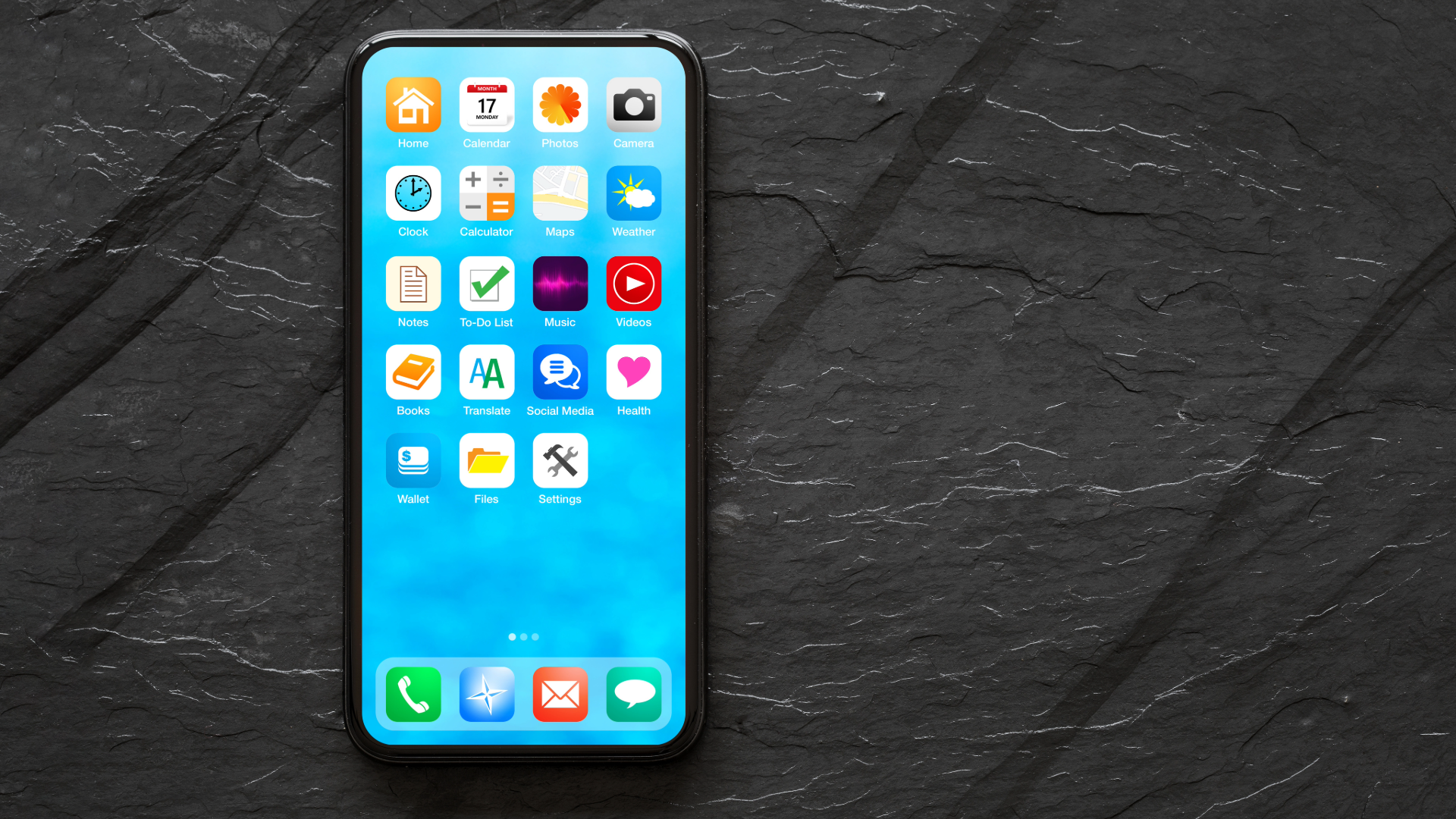Vision Insurance- Worth It?
Is having vision insurance worth it?

The Importance of Vision Insurance: Why It's Worth the Investment
When thinking about health insurance, many people focus on medical and dental coverage, often overlooking the importance of vision insurance. However, regular eye care is essential for maintaining overall health and well-being. Vision insurance provides coverage for routine eye exams, corrective lenses, and other eye-related services, making it a valuable addition to your healthcare plan. Here’s why investing in vision insurance is a smart choice.
1. Affordable Access to Eye Care
Vision insurance helps reduce the cost of routine eye care, making it more accessible for individuals and families. These plans typically cover a significant portion of the expenses associated with eye exams, glasses, and contact lenses.
Routine Eye Exams: Regular eye exams are crucial for detecting vision changes and identifying potential eye health issues early on. Vision insurance often covers the full or partial cost of annual exams.
Glasses and Contact Lenses: Many vision plans include allowances for glasses frames, lenses, or contact lenses, reducing out-of-pocket costs for corrective eyewear.
2. Early Detection of Eye Conditions
Regular eye exams covered by vision insurance can lead to early detection of various eye conditions, including:
Glaucoma: Early detection can prevent vision loss with timely treatment.
Cataracts: Regular check-ups help monitor the development of cataracts and determine the need for surgical intervention.
Macular Degeneration: Vision insurance enables ongoing monitoring and management of age-related macular degeneration.
Early detection and treatment of these conditions can prevent further complications and maintain optimal eye health.
3. Overall Health Benefits
Eye exams can reveal more than just vision problems; they can also provide insights into your overall health. Optometrists can detect signs of systemic conditions such as:
Diabetes: Changes in blood vessels in the retina can indicate diabetes or its progression.
Hypertension: High blood pressure can cause damage to the blood vessels in the eyes.
Cholesterol Issues: Deposits in the eyes can signal high cholesterol levels.
Vision insurance facilitates regular eye exams, which can lead to early identification and management of these health issues, contributing to overall well-being.
4. Cost Savings
Investing in vision insurance can lead to significant cost savings over time. With covered services and discounts on eyewear, vision insurance can substantially reduce your out-of-pocket expenses for necessary eye care.
Discounted Services: Many vision plans offer discounts on additional services such as laser eye surgery and specialty contact lenses.
Reduced Eyewear Costs: Insurance coverage and discounts make purchasing glasses and contacts more affordable.
5. Encouragement of Regular Eye Care
Vision insurance encourages individuals to prioritize their eye health by making regular eye exams more affordable and accessible. This proactive approach can prevent vision problems from worsening and support overall health.
Consistent Check-Ups: Knowing that eye care is covered motivates individuals to schedule regular exams, leading to better long-term eye health.
Improved Quality of Life: Maintaining good vision enhances daily activities, work performance, and overall quality of life.
6. Flexible and Comprehensive Plans
Vision insurance plans are often flexible and can be tailored to meet individual needs and budgets. Whether you need basic coverage or more comprehensive benefits, there are options available to suit your requirements.
Employer-Sponsored Plans: Many employers offer vision insurance as part of their benefits package, providing cost-effective coverage for employees and their families.
Individual Plans: For those without employer-sponsored coverage, individual plans offer an affordable way to ensure regular eye care.
Conclusion
Vision insurance is an important component of a comprehensive healthcare plan, providing essential coverage for eye exams, corrective lenses, and early detection of eye conditions. By investing in vision insurance, you not only protect your eye health but also gain insights into your overall health. With the affordability and flexibility of vision plans, maintaining good vision and overall well-being has never been easier. Prioritize your eye health today and enjoy the long-term benefits of regular eye care.
Recent posts



